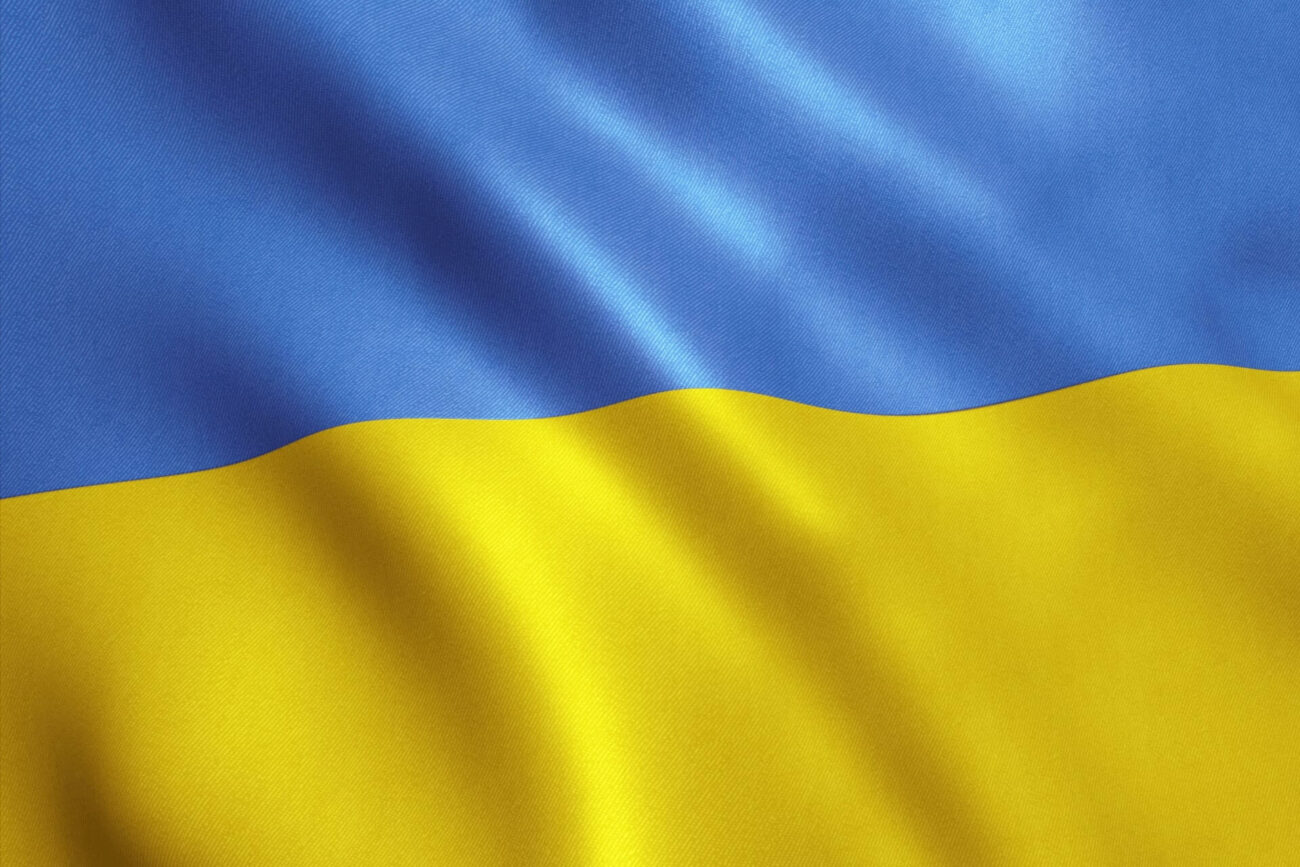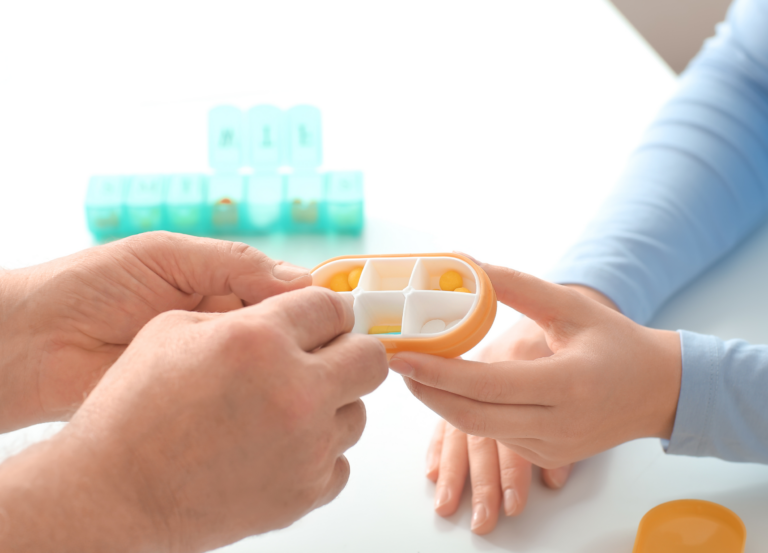Multidrug-resistant tuberculosis (MDR-TB)
This page is intended as the second part to a previous page on tuberculosis (TB). It contains more details on the complication known as multidrug-resistant tuberculosis (MDR-TB). Both pages have been published as part of the TB PAN-NET project.
Back to: Tuberculosis
What is MDR-TB?
MDR-TB is a form of TB caused by mycobacteria that have become resistant to the two most effective anti-TB drugs, isoniazid and rifampicin. As a consequence, MDR-TB needs to be treated with other drugs, known as second-line drugs. The treatment is longer, more expensive and more difficult. Like other bacteria, mycobacteria can undergo genetic changes (known as mutations), which can make them naturally resistant to an anti-TB drug. In this instance, treatment with 3 or 4 drugs can prevent the resistant mycobacteria from growing and replacing ‘sensitive’ mycobacteria that have been eliminated by the usual TB treatment.

If resistant mycobacteria develop further resistance to another drug, the entire mycobacterial population may be replaced with mycobacteria that have mutated at least twice and have become resistant to two drugs. Resistant mycobacteria can be transmitted to other people, who will be resistant to the usual TB treatment straight away.
What causes MDR-TB?
MDR-TB always occurs as a result of human error, for example when someone does not take their full course of treatment. The main causes of MDR-TB are: inappropriate medical prescription; poor quality of anti-TB drugs; interruptions in treatment; nonexistent national TB control programmes; lack of standardised guidelines; inefficient supervision by healthcare providers; and failure to complete treatment. Failure to suspect or detect MDR-TB will give resistant mycobacteria more time to spread to other individuals in the community and worsen the problem.
What are the symptoms of MDR-TB?
MDR-TB causes identical symptoms and involves the same organs as usual TB (weight loss, low-grade fever and tiredness, with cough, sputum production and chest pain if mycobacteria are in the lungs) but the disease will last longer because the mycobacteria are removed more slowly or are not destroyed at all.
Where in the world is MDR-TB present?
MDR-TB can occur anywhere in the world. It is rare in countries where the number of TB cases is low (Western and Central Europe, North America, Western Mediterranean). The latest survey by the World Health Organization (WHO) estimated the total number of MDR-TB cases to be about 450,000, the majority found in: China, India, Eastern European and Central Asian countries.
How can MDR-TB be avoided?
- Treat the source of the problem. Prescribing the correct drugs from the beginning and offering supervised treatment will increase the chance of cure and reduce the risk of symptoms returning.
- Detect and treat MDR-TB with appropriate drug combinations. This is achieved with drug sensitivity tests using second-line drugs in an appropriate combination, and managing side-effects and supporting the patient until they are cured.
- Prevent the transmission of MDR-TB to other individuals by keeping the person with TB in isolation until they no longer show symptoms.
How is MDR-TB treated?
The recommended treatment combines all first-line drugs to which the strain is still sensitive, a fluoroquinolone, an injectable drug and one of several second-line drugs, including ethionamide, linezolid, clofazimin, cycloserine or PAS (p-aminosalicylic acid) and pyrazinamide. New drugs such as bedaquiline and delamanid may also be used. Treatment can last up to 2 years and is often accompanied by more or less severe side-effects. MDR-TB can represent a huge financial burden to national TB programmes, costing 10 to 100 times as much as usual TB treatment. This may put the management of others in danger if resources are limited.






